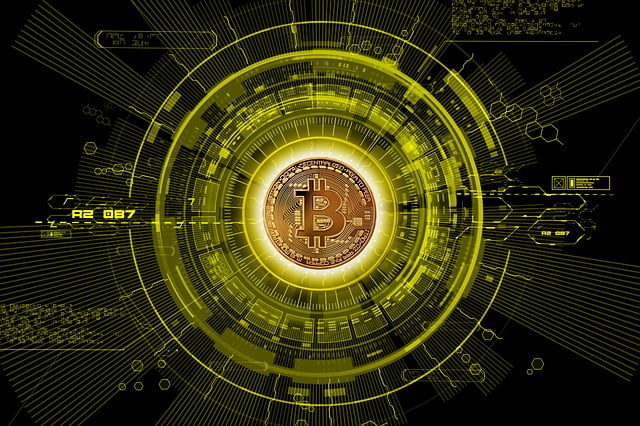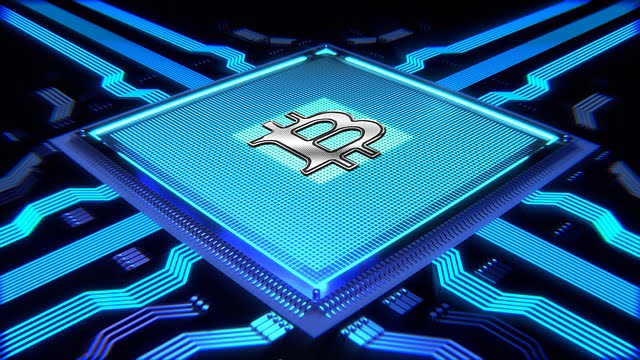Blockchain is an appropriated record that takes into account more straightforward and evident record keeping. Even though related generally with cash and account, it very well may be utilized broadly. There are as yet numerous boundaries to its inescapable reception, including certainty and guideline.
Each time you make an electronic installment, regardless of whether from your portable, on the web, or with a card, that exchange goes through different frameworks. Every one of them assumes a part in handling that installment and structures part of the grouping of balanced governance that exists among payer and payee.
It very well may be a long, unpredictable, and exorbitant chain of associations, with each taking a little expense from each exchange. Regularly, it includes a progression of banks or other enormous installment handling organizations who monitor the cash on its excursion from A to B. Characters are checked, reliability is set up and amounts of cash are precisely accommodated between accounts.
Blockchain can appear to be convoluted and somewhat invulnerable, which is unexpected as one of the central precepts of this innovation is its receptiveness and straightforwardness.
How does blockchain work?
Blockchain permits purchasers and providers to associate straightforwardly, eliminating the requirement for an outsider like a bank.
There are a few basics to comprehension blockchain, including the idea of a disseminated record. Utilizing cryptography to keep trades secure, blockchain gives a decentralized data set, or “advanced record”, of exchanges that everybody in the organization can see. This organization is a chain of PCs that should all affirm a trade before it very well may be confirmed and recorded.
Counseling firm Deloitte clarifies it as follows: “You (a ‘hub’) have a record of exchanges on your PC (a ‘record’). Two government bookkeepers (we should call them ‘diggers’) have a similar record on theirs (so it’s ‘conveyed’). As you make an exchange, your PC sends an email to every bookkeeper to advise them … the first to check and approve hits REPLY ALL, appending their rationale for confirming the exchange (‘confirmation of work’). On the off chance that the other bookkeeper concurs, everybody refreshes their document.”
In principle, it very well may be open on the public web, or blockchain can be utilized inside characterized networks – there are various setups for various use cases. In the last arrangement, the information relating to exchange will be put away, all the while on the handfuls, or hundreds, or thousands of PCs inside that characterized network. That information will refresh in near-continuous, so anybody on the organization can see every other person’s entrances.
Rather than re-appropriating having the option to trust in exchange to banks and different go-betweens, blockchain puts trust out in the open by making everything noticeable. What’s more, since it is open and disseminated, no single gathering on the organization can apply excessive control or impact on the record – or anybody connected to it.
It has far to go, however, before it truly turns out to be important for the standard. Worries around trust and administrative consistency are among the top purposes behind its sluggish appropriation, as per the information news-casting association.
More than cash and bitcoins
Even though digital forms of Bitcoin Mastery rely upon blockchain and are often referred to as how blockchain functions, they are a long way from being its solitary application.
It tends to be utilized to record and track the responsibility for a photographic picture or a piece of music or a patent for another contraption. It can even be utilized to follow the provenance of food – from homestead to the plate – and clinical supplies, including immunizations.
IBM portrays blockchain as: “A common, unchanging record that works with the way toward recording exchanges and following resources in a business organization. A resource can be unmistakable (a house, vehicle, money, land) or elusive (licensed innovation, licenses, copyrights, marking). Anything of significant worth can be followed and exchanged on a blockchain network, diminishing danger and reducing expenses for all included.”
Through its Food Trust organization, IBM is working with organizations from the length of the food inventory network, including Carrefour, Nestlé, and others. On the Food Network site, Chris Tyas, Global Head of Supply Chain for Nestlé, says: “Individuals need to know, properly, where fixings they provide for their infant have come from. We needed an item in which trust implied something.”
“You are building a corona impact – ‘If I can confide in Carrefour with this chicken, I can likewise confide in Carrefour for their apples or cheddar,'” Emmanuel Delerm, Carrefour’s blockchain project supervisor, told the news organization Reuters in 2019.


